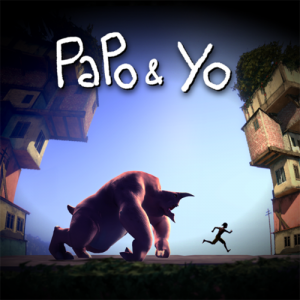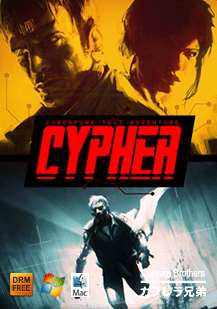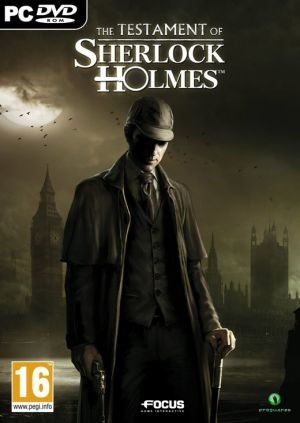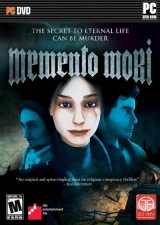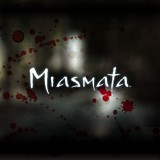Review for The Five Cores
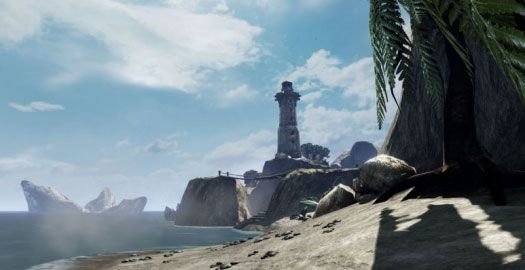
When it comes to Myst clones, there are those that take the basic style of Cyan’s classic and use it to create an original gaming adventure, and there are those like The Five Cores, which firmly aim to deliver an experience as close to their inspiration as possible. While the latter isn't necessarily a bad thing in its own right, and exploring beautiful, solitary 3D worlds while solving a sprinkling of enjoyable puzzles along the way is always somewhat immersive, this latest tribute game lacks the story, interesting mythology and general polish that made the real deal so engaging almost two decades earlier.
There's no doubt that The Five Cores is a love letter to Myst. Throughout the game there are numerous nods to the original “stranger” investigating a series of deserted island worlds. This extends from simple design elements (you see barrels on the beach at the beginning that can be rolled around and Uru immediately springs to mind) to whole worlds which could easily pass for never-before-seen magical book-linked worlds from Atrus.
The game begins with a letter from a race of creatures that lays out the premise. As the unseen protagonist – naturally a stranger – you find yourself alone on an abandoned island that acts like a hub to different worlds. You must travel to each and activate a number of magical stones in order to save it from destruction. Unfortunately, that's about all there is to the narrative, essentially rendering the game a nice-looking collection of puzzles after that. There are books to find throughout your journey, but not very many and those you do discover serve largely to offer a map or clues. There are no journals that recount the history of this world, and though you will occasionally find wall drawings by the creatures you’re helping, it isn't always clear what they mean.
There are no other characters to encounter throughout the game, so exploring these islands is quite a lonely experience. Each world essentially contains one big puzzle which must be solved in order to activate its core and the crystal you need to touch to get back to the main island. The influences of the worlds and their puzzles are clear to see. They aren't named, but one rocky world looks like an alternate universe version of the Selenitic Age, while another has a definite Channelwood vibe.
Like realMYST or Myst V, this game is free-roaming in realtime 3D, with the WASD keys used to move around and the mouse to look. Exploring is a fun experience, though there are plenty of invisible walls to walk into, which can be a bit irritating. A hand appears over hotspots when an object can be interacted with, activated by a simple left mouse click (or tap of the 'E' key). Some of the areas are quite large and take a while to walk around, but there's a rather good teleportation system in the form of glowing balls of light, which act as shortcuts between various sections of the larger locations. You have the ability to jump using the space bar, though the only use I discovered for it was when I found myself stuck on some scenery.
The main strength of The Five Cores is its graphics, and if nothing else the game offers plenty of pretty things to look at. The worlds are quite varied, ranging from a cavernous, fire-themed underground level to a rocky island distinguished by an ornate building to a more exotic plant-filled world bursting with colour. The latter certainly left the biggest impression on me, with its floating islands, unusual flora and bright hues. The environments are not quite on the same level as the later Myst entries, lacking a certain level of visual finesse such as ambient animations to make the world feel more alive, and more graphic-intensive games have run a lot smoother on my system, but there's no question that this a good looking game.
Like any Myst clone, the puzzles are where the real meat of The Five Cores can be found, and here they vary from being quite fun and rational to some whose logic was barely discernible even after they were solved. All puzzles are of a mechanical nature, requiring the player to do such things as turn wheels and activate switches, along with more unusual ways of interacting with the environment. In the case of one world where the central theme appeared to be time, I found that I muddled through most of the solutions, coming across them by luck rather than intuition. That's not to say I had no idea what to do, but the answers came by trial and error rather than having a firm notion of what the solution might be and working my way towards it. There are some puzzles where having played the Myst games will serve you well. Anyone who has played Uru will know what I'm talking about when I mention “fireflies”. For those who aren't familiar with the series, I'd imagine it would make certain solutions more difficult to come by.
Although one of the smaller worlds, I found the island that bore a resemblance to the Selenitic Age to be among the most enjoyable in terms of problem solving. In order to activate its crystal, you need to work out the correct order of a number of symbols based on clues in the environment. The solution is logical and enjoyable to work through, offering a challenging level of difficulty without being too obvious or too obscure. This puzzle was quite different than its Myst counterpart, but often my enjoyment of the game was hampered by the fact that I already had an idea of what to do based on the how the world looked. It would have been much better if the game went out on a limb and did something different a bit more often. Other enjoyable moments included some of the puzzles on the main island, which need to be solved in order to activate the crystals to travel to the other worlds, and the plant-filled area.
Like so many aspects of this game, the sound design is very reminiscent of Myst. It features the same kind of ambient music filled with other-worldly synth sounds, echoey drums and exotic-sounding wind instruments, plus some similar sound effects. Yet despite contributing to the derivative feel of the game, it does set a fitting atmosphere and is enjoyable to listen to, effectively creating an immersive world to explore.
One of my main bugbears with this game is its rough edges. Graphically it is lush and clearly a lot of work has gone into designing the islands, but I often found its terrain physics to be glitchy. On several occasions I got inexplicably stuck in the landscape, and one frustrating glitch trapped me inside a lift and unable to get out as the door was stuck halfway open. My only option to escape that situation was to reload an earlier saved game, and sure enough, as the lift gets a lot of a use, I later found myself getting stuck again. It wasn't a game-breaker as it didn't bug out all the time, but needless to say it was quite frustrating. Since I played the game a patch has been released, but I can't vouch for whether it fixes the problem.
Each world is self-contained and once you're back on the main island it's impossible to return, so you won’t need to worry about excessive backtracking. An unhindered run through much of the game shouldn't take an experienced Myst fan too long; I'd estimate about 6 – 8 hours of playtime. However, like its inspiration there are plenty of opportunities to get stuck, so some hair-pulling time must also be allowed. Unfortunately, when you do reach the ending it is a bit of a letdown.
How much players enjoy The Five Cores is going to depend mainly on how much they get out of the exploration and puzzles. If not for the bugs, I’d have found the islands quite interesting to explore and a treat for the eyes, while the puzzles are a hit-and-miss affair. The complete lack of backstory makes it hard to recommend this game to anyone but Myst fans, and even then only to those who enjoyed the free-roaming 3D adventures of Uru or Myst V. The lack of originality is disappointingly noticeable, as the game simply retreads common ground with slightly different dressing, but if you don’t mind feeling like you’ve been there, done that already, it’s affordably priced and a reasonably entertaining tribute to a nearly-forgotten game style.










